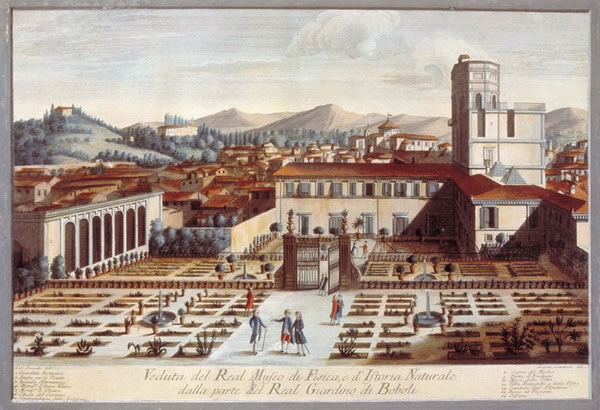In 1765 Peter Leopold of Lorraine became the Grand Duke of Tuscany. Architect of enlightened politics, he dedicated himself to the promotion of social, scientific and technological development in the region. In particular, in 1766, Peter Leopold summoned the abbot Felice Fontana (1730-1805) to entrust him with the creation and direction of an Imperial and Royal Museum of Physics and Natural History. Inaugurated in 1775, the Museum was housed in Palazzo Torrigiani and, according to the plans of Fontana, it should include a “Specola” – that is to say an astronomical observatory – developed upon a model derived from similar of existing institutions (the observatories of Bologna and of Milan) or in course of development (in Padua and in Rome). The work to construct the tower of the “Specola” of Florence was initiated in 1780 and was concluded in 1789. From this date Fontana began to seek the instruments useful in equipping the observatory: different types of clocks, telescopes, quadrants, parallactic and transit instruments.
